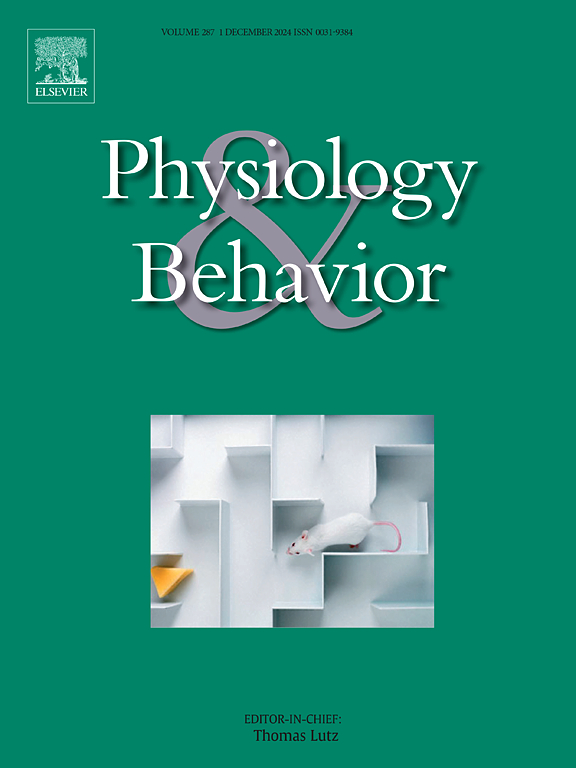“The Big Three” properties of food that drive intake
IF 2.4
3区 医学
Q2 BEHAVIORAL SCIENCES
引用次数: 0
Abstract
Much of the interest in studying human eating behavior stems from a desire to characterize properties of foods that affect consumption, with the goal of leveraging influential properties to moderate energy intake. We propose that established determinants of intake include “The Big Three”: portion size, energy density, and variety. Over the past several decades, multiple studies have demonstrated a causal relationship between portion size and intake across different participants, settings, and contexts. The robust effect of portion size can be leveraged to moderate intake by increasing the proportion of low-energy-dense dietary components available. Among “The Big Three”, energy density likely plays the most dominant role. Even small reductions in energy density, such as increasing the water content of foods, can lead to reductions in energy intake, and, over time, body weight. In addition, increased food variety can delay satiation by countering the relative hedonic decline of a food as it is consumed (sensory-specific satiety). As a result, exposure to a greater variety of foods increases intake, especially when the sensory properties of the foods served differ from one another. “The Big Three” characterize the current food environment, which is filled with a wide variety of food options, many of which are energy-dense and large in portion size. This review covers early studies assessing the effects of these three food properties on satiation, introduces recent studies, and discusses how this understanding can be applied to moderating energy intake.
食物的“三大”特性驱动摄入
研究人类饮食行为的兴趣很大程度上源于对影响消费的食物特性的描述,目的是利用有影响的特性来调节能量摄入。我们建议确定摄入量的决定因素包括“三大因素”:份量、能量密度和种类。在过去的几十年里,多项研究表明,在不同的参与者、环境和环境中,份量大小和摄入量之间存在因果关系。通过增加低能量密度膳食成分的比例,可以利用分量大小的强大效应来调节摄入。在“三巨头”中,能量密度可能起着最主要的作用。即使是能量密度的微小减少,比如增加食物中的水分含量,也会导致能量摄入的减少,随着时间的推移,体重也会减少。此外,增加食物种类可以通过对抗食物在食用时的相对快感下降(感官特异性饱腹感)来延缓饱腹感。因此,接触更多种类的食物会增加摄入量,特别是当所提供的食物的感官特性彼此不同时。“三大”是当前食品环境的特征,充斥着各种各样的食品选择,其中许多都是高能量和大份量的。这篇综述涵盖了评估这三种食物特性对饱腹感影响的早期研究,介绍了最近的研究,并讨论了如何将这种理解应用于调节能量摄入。
本文章由计算机程序翻译,如有差异,请以英文原文为准。
求助全文
约1分钟内获得全文
求助全文
来源期刊

Physiology & Behavior
医学-行为科学
CiteScore
5.70
自引率
3.40%
发文量
274
审稿时长
47 days
期刊介绍:
Physiology & Behavior is aimed at the causal physiological mechanisms of behavior and its modulation by environmental factors. The journal invites original reports in the broad area of behavioral and cognitive neuroscience, in which at least one variable is physiological and the primary emphasis and theoretical context are behavioral. The range of subjects includes behavioral neuroendocrinology, psychoneuroimmunology, learning and memory, ingestion, social behavior, and studies related to the mechanisms of psychopathology. Contemporary reviews and theoretical articles are welcomed and the Editors invite such proposals from interested authors.
 求助内容:
求助内容: 应助结果提醒方式:
应助结果提醒方式:


